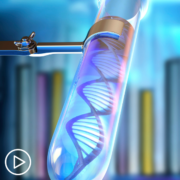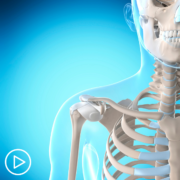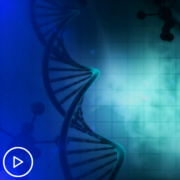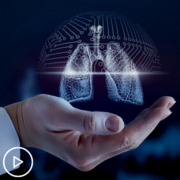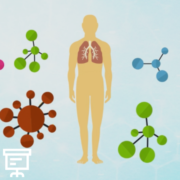Intensive Exercise and Renal Medullary Carcinoma: Is There a Connection?
Intensive Exercise and Renal Medullary Carcinoma: Is There a Connection? from Patient Empowerment Network on Vimeo.
Is there a link between renal medullary carcinoma (RMC) and exercise? Expert Dr. Nizar Tannir explains the specific type of exercise that has been a risk factor for certain patient types and shares patient advice to ensure their optimal health.
Dr. Nizar Tannir is a Professor in the Department of Genitourinary Medical Oncology, Division of Cancer Medicine at The University of Texas MD Anderson Cancer Center.
[ACT]IVATION TIP
“…stay well-hydrated. Get the information you need about the benefits of exercise. We do not want to say, for individuals with sickle cell trait, to not exercise at all, because there are advantages and benefits to staying physically active. But again, avoid the extreme, strenuous exercises.”
Download Guide | Descargar Guía
Related Resources:

|
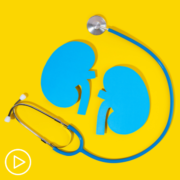
|

Advice for Newly Diagnosed Renal Medullary Carcinoma Patients |
Transcript:
Cora:
Dr. Tannir, is there a connection between intensive exercise and RMC? What do we know about the two?
Dr. Tannir:
Well, we made an observation many years ago and this has been strengthened with, data provided later on by Dr. Msaouel, my colleague and team, our researchers. We made the initial observation that patients with RMC who came to us while the vast majority were in their 20s, somewhere in their teens, somewhere in their 30s and 40s, and rarely older than 50, we observed that many of these young individuals were either athletes or served in the military.
So that really, raised the question, why is there a link between being athletic, serving in the military, of course, we know bootcamp, we know the intense, physical training that our men and women in the military go through, and Dr. Msaouel and his team and the research team we assemble to tackle this, through looking at clinical data of patients as well as going to the lab and doing experiments on mice, we came up with a link, a sort of a modifiable risk, if you will, that could be a factor in…contributing factor in addition to the sickle cell trait to that leads or, contributes to the diagnosis to the pathogenesis of RMC. But this is still, I would say, work in progress.
I do not want people to take exercise equate again, as we said, equate RMC and sickle cell trait and do not want to equate exercise with development of RMC. But my message is, as is needed, as is well-known for patients with sickle cell trait in general, you have patients with, individuals with sickle cell trait have to be careful, intense, strenuous exercise, can lead to health problems unrelated to RMC health problems. So it is important in addition, as they do, as we recommend for individuals with sickle cell trait, to stay well-hydrated, to avoid extreme intense exercise.
Again, also, it is an advice that is should be headed for an individual with sickle cell trait. Well, good hydration, avoid strenuous, extreme intense exercise. But again, the activation tip here is stay well-hydrated. Get the information you need about the benefits of exercise. We do not want to say, for individuals with sickle cell trait, to not exercise at all, because there are advantages and benefits to staying physically active. But again, avoid the extreme, strenuous exercises.
Share Your Feedback:
Create your own user feedback survey


